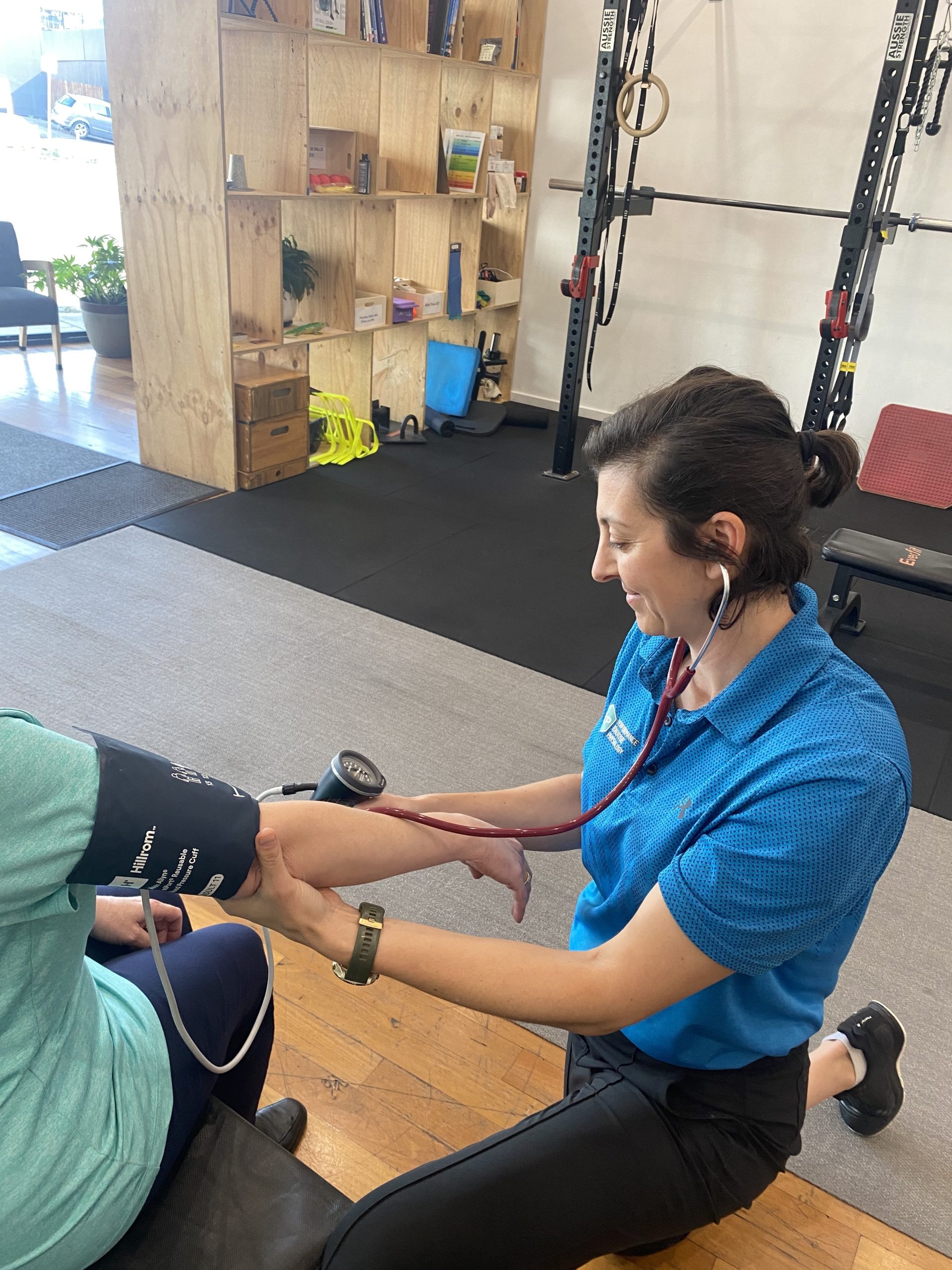What is hypertension and how does it affect us?
Hypertension (HT) or high blood pressure is when your blood pressure, the force of your blood pushing against the walls of your blood vessels and arteries, is consistently too high.
In normal, healthy individuals the arteries and blood vessels dilate and constrict based on the oxygen requirements of your muscles, digestive system and nervous systems.
For instance, when you exercise you need more oxygenated blood going to your muscles for energy and your blood pressure will increase on a linear basis allowing you to continue. Your blood pressure can also increase in other stressful situations that affect your emotional state and this again is normal with no need for intervention.
What are the signs and symptoms of abnormal hypertension and how is it measured?
There are no obvious signs or symptoms of abnormal high blood pressure so you may not know you have it. That is why it is important to get regular check ups.
Blood pressure is measured using a sphygmometer which is an inflatable cuff that goes around your upper arm. To measure we need to stop the flow of blood and then listen for when the blood flow returns.
We take 2 measurements – systolic (the amount of pressure in your arteries when your heart muscle contracts) and diastolic (the amount of pressure in your arteries when your heart muscle relaxes)
Australian Guidelines for hypertension:
A classification system and definition of hypertension allows medical professionals to include absolute risk of cardiovascular disease or stroke over time and allow earlier treatment and prevention.
The stages of blood pressure as shown in the table below are in the following categories:
Optimal, normal, high normal, grade 1 (mild hypertension), grade 2 (moderate hypertension) and grade 3 (severe hypertension) or isolated systolic hypertension.
| Diagnostic Category | Systolic (mmHg) | Diastolic (mmHg) | |
| Optimal | <120 | and | <80 |
| Normal | 120-129 | and/or | 80-84 |
| High – Normal | 130-139 | and/or | 85-89 |
| Grade 1 (mild) hypertension | 140-159 | and/or | 90-99 |
| Grade 2 (moderate) hypertension | 160-179 | and/or | 100-109 |
| Grade 3 (severe) hypertension | >180 | and/or | >110 |
| Isolated systolic hypertension | >140 | and | <90 |
There are also “Hypertensive Urgencies” where if blood pressure is >180/110mmHg and there is no immediate life threatening issue but does include some symptoms such as severe headache or moderate target organ damage. Immediate treatment with oral drugs is necessary and must be followed up by a doctor in 2-3 days.
A “Hypertensive Emergency” is where blood pressure exceeds 220/140mmHg where acute targeted organ damage or dysfunction is present (eg. heart attack or stroke) and hospitalization is absolutely required.
Why persistent hypertension should not be ignored:
Hypertension over time can cause microscopic damage to the inner lining of the muscular arteries and lead to a starting place for atherosclerosis (blocked arteries). If the process of atherosclerosis is not stopped it can lead to blocked coronary (heart) arteries and can be the leading cause of heart attack, heart failure, stroke, peripheral vascular disease or kidney disease.
As we age our large elastic arteries become stiffer. The level of stiffness is dependent on genetics and lifestyle factors for example, how physically active you have been in your lifetime.
Generally, arterial stiffness starts to occur from the age of 50 to 60 years of age. This increases blood pressure as the ventricles in the heart have to pump harder to force the blood out of the heart and around your body. Elastic arteries allow a non restrictive flow of blood to surrounding tissues.
There are currently 6 million Australian’s (34%) with hypertension that is known and treated with medication. There are 4 million Australian’s who have uncontrolled or unknown hypertension.
Here are the statistics of adult patients attending a GP appointment in Australia:
- 62.7% were obese
- 13.5% were daily smokers
- 23% drank high risk levels of alcohol
- 43% did at least 30 min of moderate intensity exercise a day.
Hypertension Treatments:
Drug therapy is the first line of treatment alongside lifestyle factors however this depends on your 10 year risk assessment for heart disease and stroke.
You can check your cardiovascular risk here: https://www.cvdcheck.org.au/calculator/ This calculator is appropriate for those over the age of 45 years with no history of cardiac event or other known long term risk factors.
Lifestyle changes, is prescribed as the first line of treatment without drug therapy for those who have less than 10% risk of heart disease and stroke in the next 5 years.
Hypertension should be diagnosed by more than one measurement of your blood pressure. Home monitoring is now appropriate and you should obtain an average resting blood pressure over time. Speak to your GP or Exercise Physiologist for more information.
Reduce your risk:
Lifestyle has a major effect on your blood pressure and changing lifestyle habits will have a positive impact on your long term health.
The components of our lifestyle (exercise, diet, sleep, smoking and alcohol intake) are habitual in nature and so some people find it easy to adapt, and others may find it more difficult. The most important thing is to try to improve as much as you can over time.
The below table has all the current lifestyle recommendations for you to compare to your current lifestyle.
Assess your lifestyle and see the relevant professionals to assist you in that process. An Exercise Physiologist is a qualified health professional to assess your readiness to start exercise at a safe level for your current health status.
If you are a smoker seek your GP for assistance, a dietician to assist in your diet.
| Lifestyle Factors | Targets |
| Physical activity | Accumulate 150-300min of moderate intensity activity or 75-150 minutes of vigorous activity each week.
Muscle strengthening activities on at least 2 days per week |
| Weight control | Waist circumference
<94cm males <80cm females |
| Diet | Total fat account for 20-35% of energy intake
Salt to <6g day for primary prevention and 4 g a day for secondary prevention 5 serves of vegetables and 2 serves of fruit daily |
| Smoking | Cessation of smoking |
| Alcohol intake | For healthy men and women drinking no more than 2 standard drinks on any day and no more than 4 on any one occasion |
Exercise – it is a PREVENTATIVE and TREATMENT of hypertension all in one:
Physical activity that included daily aerobic exercise and some resistance training is associated with 35% reduction in cardiovascular disease (CVD) mortality and 33% in all cause mortality in comparison with a sedentary lifestyle.
Exercise improves the elasticity of your arteries allowing them to dilate better and therefore reducing your blood pressure and reducing its adverse effects on your heart! It’s a win win!
Changes in known CVD risk factors such as body weight, blood pressure and serum lipids explain a large proportion (59%) of the observed beneficial effect of exercise on major CVD outcomes.
Exercise acts very similar to how the medications for blood pressure work so it is very important to be in touch with your doctor and Exercise Physiologist as your cardiovascular fitness improves. Your improvements in fitness can mean you may need to adjust your medication. In some cases patients can remove medication all together as they have improved their fitness enough that their blood pressure has returned to normal. This needs to be decided by your GP, Cardiologist and based on responses to exercise assessments with your EP.
It is almost unethical for you not to be prescribed some sort of safe individual exercise program along with drug therapy from your GP or Cardiologist. There is so much evidence in exercise research for hypertension now that we cannot ignore its benefits of preventative medicine and treatment. Of course, there are exceptions to the rule and so being assessed by an Exercise Physiologist (EP) who is trained to assess your readiness for exercise is very important.
In some cases people are not ready for exercise. After a thorough look at your medical history, current exercise habits and other lifestyle factors we may deem it not safe for you to start exercise at this time. In these cases we make sure we return you back to your doctors with the information we have obtained in our clinic.
Consistent communication to your relevant doctors or specialists is important to make sure we obtain a safe exercise program for you to allow us to support you through the process of improving your lifestyle and prevent future health issues.
By Beth Chiuchiarelli
Exercise Physiologist & Scientist
If you would like to continue reading see below for related articles
Our “Cardio Fitness Test” & why it is important to know your fitness level
References:
- https://www.heart.org/en/health-topics/high-blood-pressure/the-facts-about-high-blood-pressure/what-is-high-blood-pressure
- https://www.heartfoundation.org.au/getmedia/c83511ab-835a-4fcf-96f5-88d770582ddc/PRO-167_Hypertension-guideline-2016_WEB.pdf#page=34
- https://www.acc.org/latest-in-cardiology/articles/2017/11/08/11/47/mon-5pm-bp-guideline-aha-2017
- https://watchlearnlive.heart.org/index.php?moduleSelect=highbp
- https://www.abs.gov.au/ausstats/abs@.nsf/Lookup/by%20Subject/4364.0.55.001~2017-18~Main%20Features~Hypertension%20and%20measured%20high%20blood%20pressure~60
- https://www.heartfoundation.org.au/getmedia/c83511ab-835a-4fcf-96f5-88d770582ddc/PRO-167_Hypertension-guideline-2016_WEB.pdf#page=34
- https://www.heartfoundation.org.au/getmedia/c83511ab-835a-4fcf-96f5-88d770582ddc/PRO-167_Hypertension-guideline-2016_WEB.pdf#page=34
- https://www.ncbi.nlm.nih.gov/pmc/articles/PMC4198209/pdf/pone.0110034.pdf
- https://www.ncbi.nlm.nih.gov/pmc/articles/PMC4198209/pdf/pone.0110034.pdf

